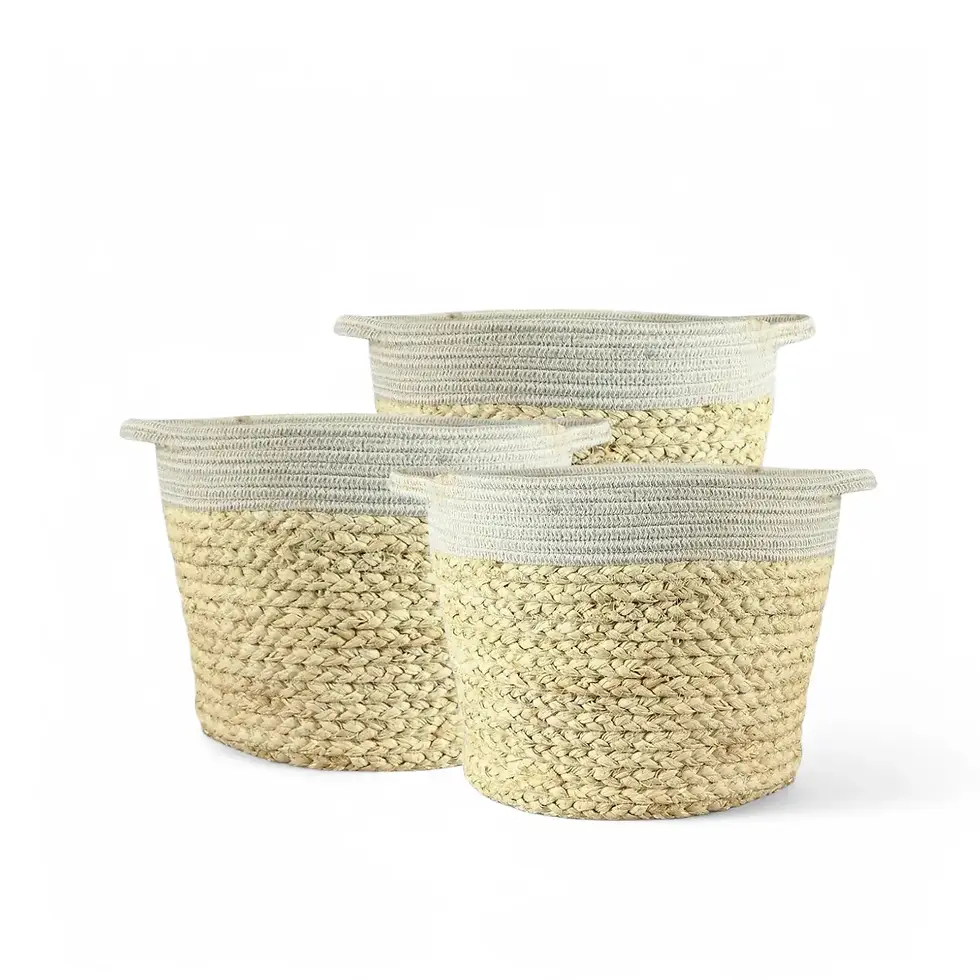Hoya sp. Konowa - Information and Plant Care
Hoya sp. Konowa stands out among the Hoya genus with its distinctive, round foliage and striking venation. This rare and undescribed species is a visual delight, showcasing unique leaves that easily shift to a rich red or dark red hue when exposed to bright, direct sunlight. Known for its ornamental value, Hoya sp. Konowa is a captivating addition to any plant enthusiast’s collection. Its ability to change colors with varying light conditions adds a dynamic and lively touch to any space, making it a plant that is as adaptable as it is beautiful.
Native to the tropical regions of Southeast Asia, Hoyas are epiphytic or semi-epiphytic plants that thrive in well-draining substrates and bright, indirect light. Hoya sp. Konowa is no exception, preferring conditions that mimic its natural habitat. Whether you're aiming to create an exotic indoor garden or simply seeking a conversation piece, this plant is sure to impress with its unique aesthetics and relatively easy care requirements.
What Makes Hoya sp. Konowa Special?
- Leaf Shape and Color: Hoya sp. Konowa features beautifully shaped, round leaves with pronounced venation. The foliage can vary from deep green to a striking red when exposed to direct sunlight, making it a visually dynamic plant.
- Growth Habit: This Hoya grows as a trailing or climbing vine, perfect for hanging baskets or trellises. Its stems are flexible, allowing it to cascade elegantly or climb with support.
- Flower Characteristics: Although flowers are not the primary attraction of this species, like most Hoyas, it can produce small, star-shaped blooms with a sweet fragrance, adding to its appeal.
Hoya sp. Konowa Care Guide
Caring for Hoya sp. Konowa is relatively straightforward, making it suitable for both novice and experienced plant enthusiasts. Follow these guidelines to ensure your plant thrives:
→ Light Requirements
- Prefers bright, indirect light but can tolerate some direct sunlight.
- Avoid prolonged exposure to intense afternoon sun, which can scorch the leaves.
- For a vibrant red coloration, place it in a spot with morning or late afternoon sun.
→ Watering
- Water thoroughly when the top 2-3 cm of soil is dry. Avoid overwatering, as this can lead to root rot.
- Reduce watering during cooler months when the plant's growth slows down.
→ Humidity and Temperature
- Enjoys moderate humidity levels, ideally between 40-60%.
- Increase humidity if you notice leaf edges browning, but do not mist directly onto the plant.
- Prefers temperatures between 18-26°C. It does not tolerate frost, so keep it indoors during colder months.
→ Soil and Potting
- Use a well-draining, airy mix. A combination of orchid bark, perlite, and a small amount of potting soil works well.
- Repot every 2-3 years or when the plant outgrows its container, using a pot with drainage holes.
→ Fertilization
- Apply a balanced, water-soluble fertilizer monthly during the growing season.
- Avoid over-fertilizing, which can cause salt buildup and damage the roots.
Common Problems with Hoya sp. Konowa and Their Solutions
- Pests:
- Spider Mites: Often appear in dry conditions. Increase humidity and wipe leaves with a damp cloth.
- Mealybugs: Remove manually with a cotton swab dipped in rubbing alcohol and ensure proper air circulation around the plant.
- Root Rot:
- Symptoms include yellowing leaves and mushy stems. Prevent by using a well-draining soil mix and allowing the soil to dry slightly between waterings.
- Leaf Discoloration:
- Yellowing Leaves: Often a sign of overwatering or insufficient light. Adjust watering schedule and move to a brighter location if necessary.
- Reddening Leaves: This is normal under bright light conditions and can be a sign of healthy sun-stress.
Additional Growing Tips for Hoya sp. Konowa
- Pruning and Training: Regularly trim leggy growth to maintain a compact shape. Support its climbing nature with a trellis or allow it to trail from a hanging pot.
- Propagation: Easily propagated from stem cuttings. Allow the cut end to callous for a day or two before placing it in a moist propagation mix.
Researching the natural habitat of your Hoya sp. Konowa and understanding how it grows in the wild will help you replicate these conditions at home. By providing a similar environment, your plant will not just survive but thrive, rewarding you with its vibrant foliage and unique appearance.
The Origin of the Name Hoya sp. Konowa
The genus Hoya was named in honor of Thomas Hoy, an 18th-century English gardener and botanist known for his work with tropical plants. His dedication to plant care and cultivation is commemorated through the name of this diverse and fascinating genus. Hoya sp. Konowa, like many of its relatives, is a testament to the rich botanical heritage and enduring appeal of these ornamental vines.
Hoya sp. Konowa
Hoya sp. Konowa comes in a ⌀ 12 cm pot and is ca 15 cm tall.

























































